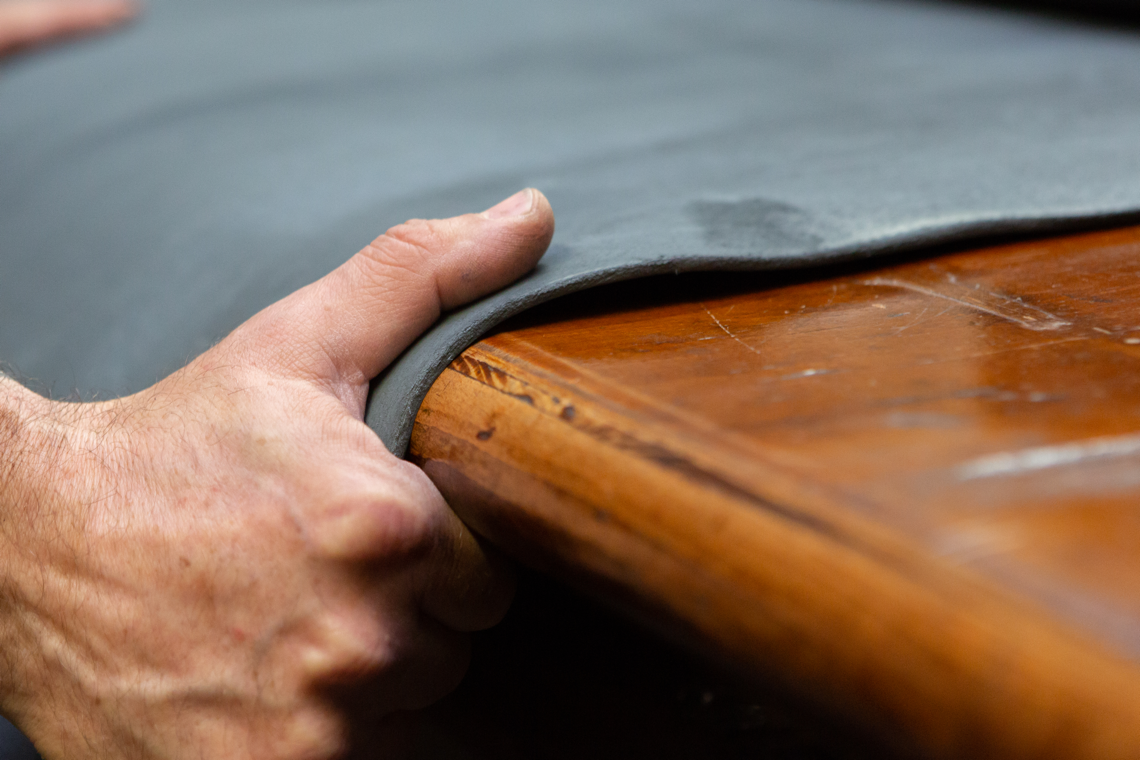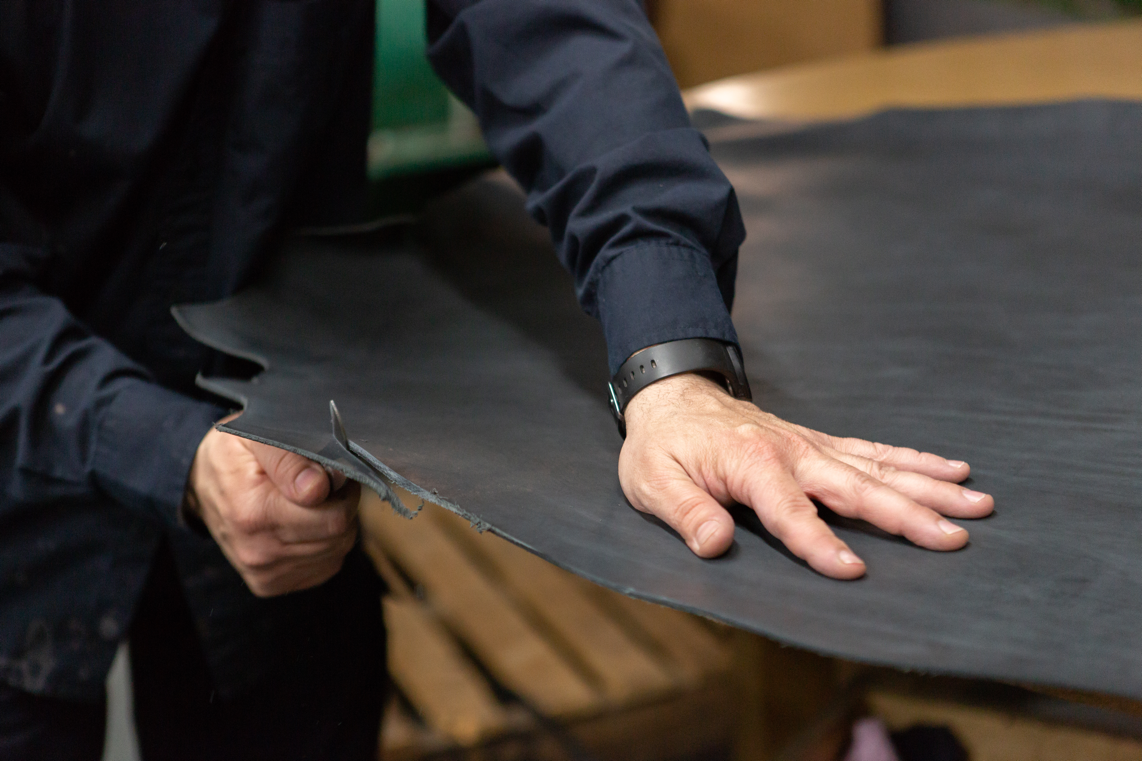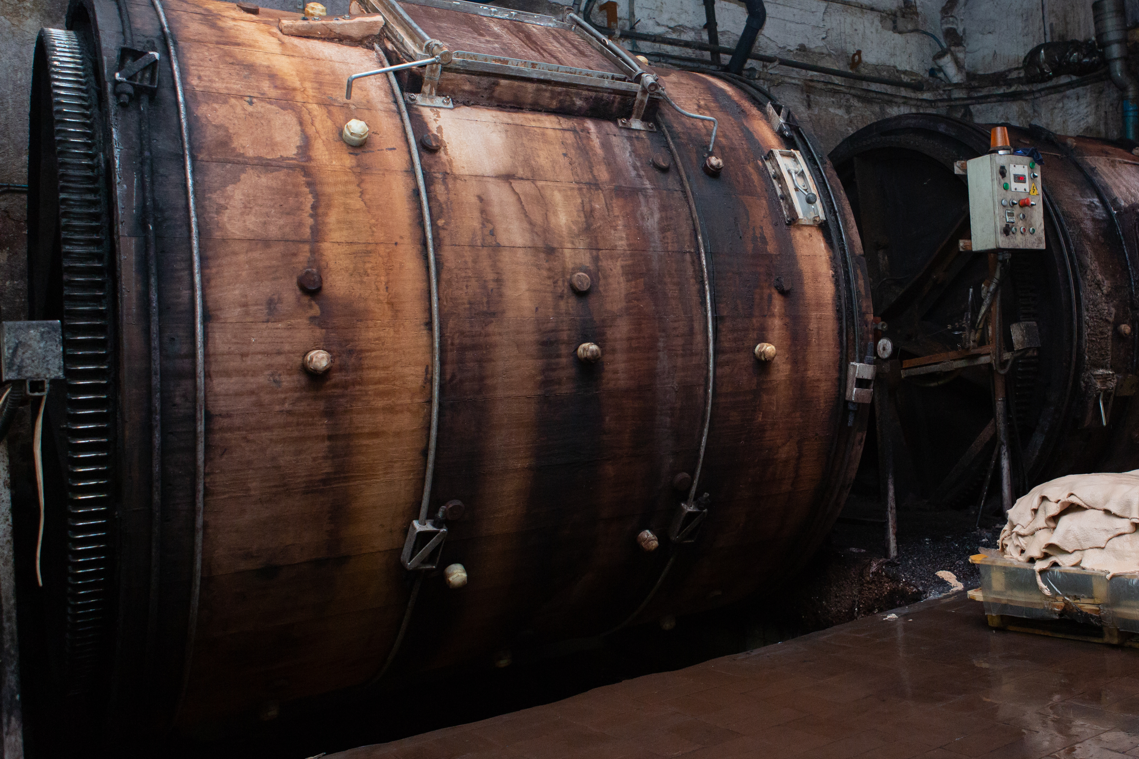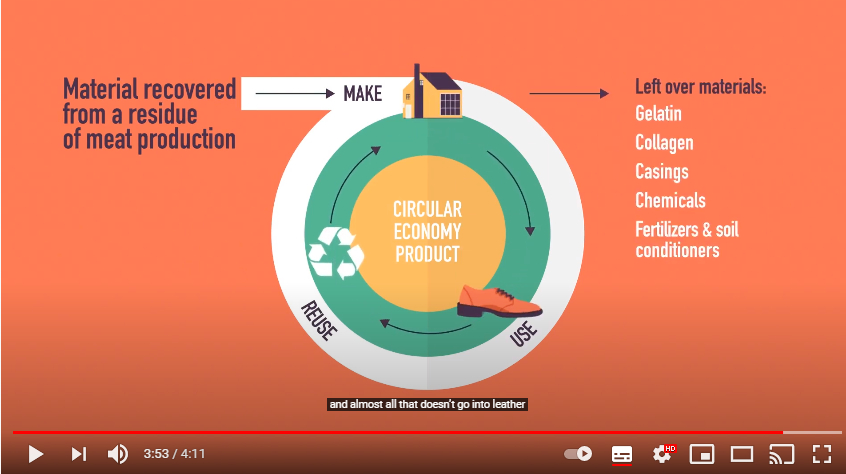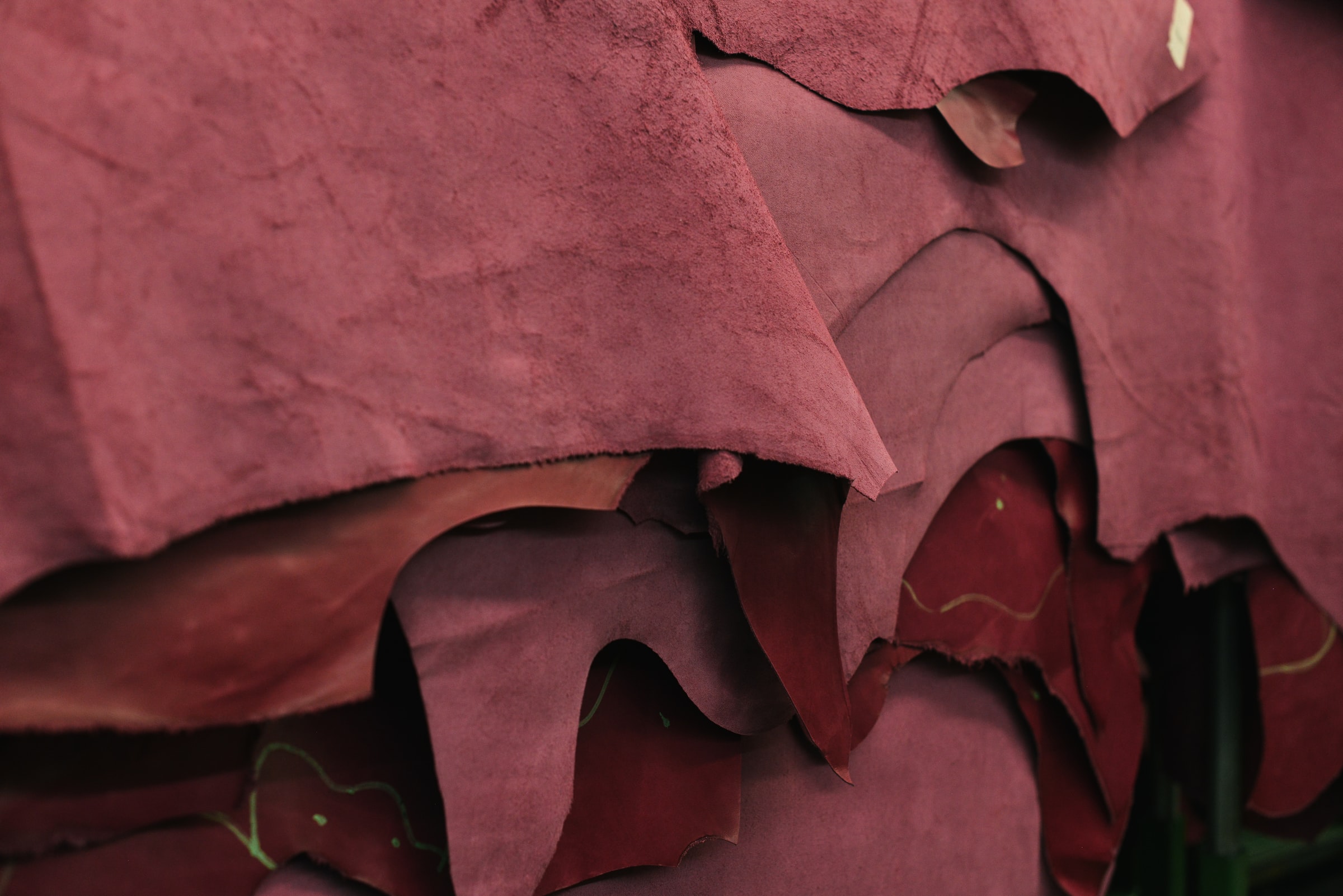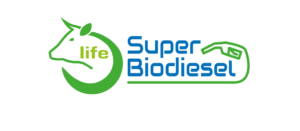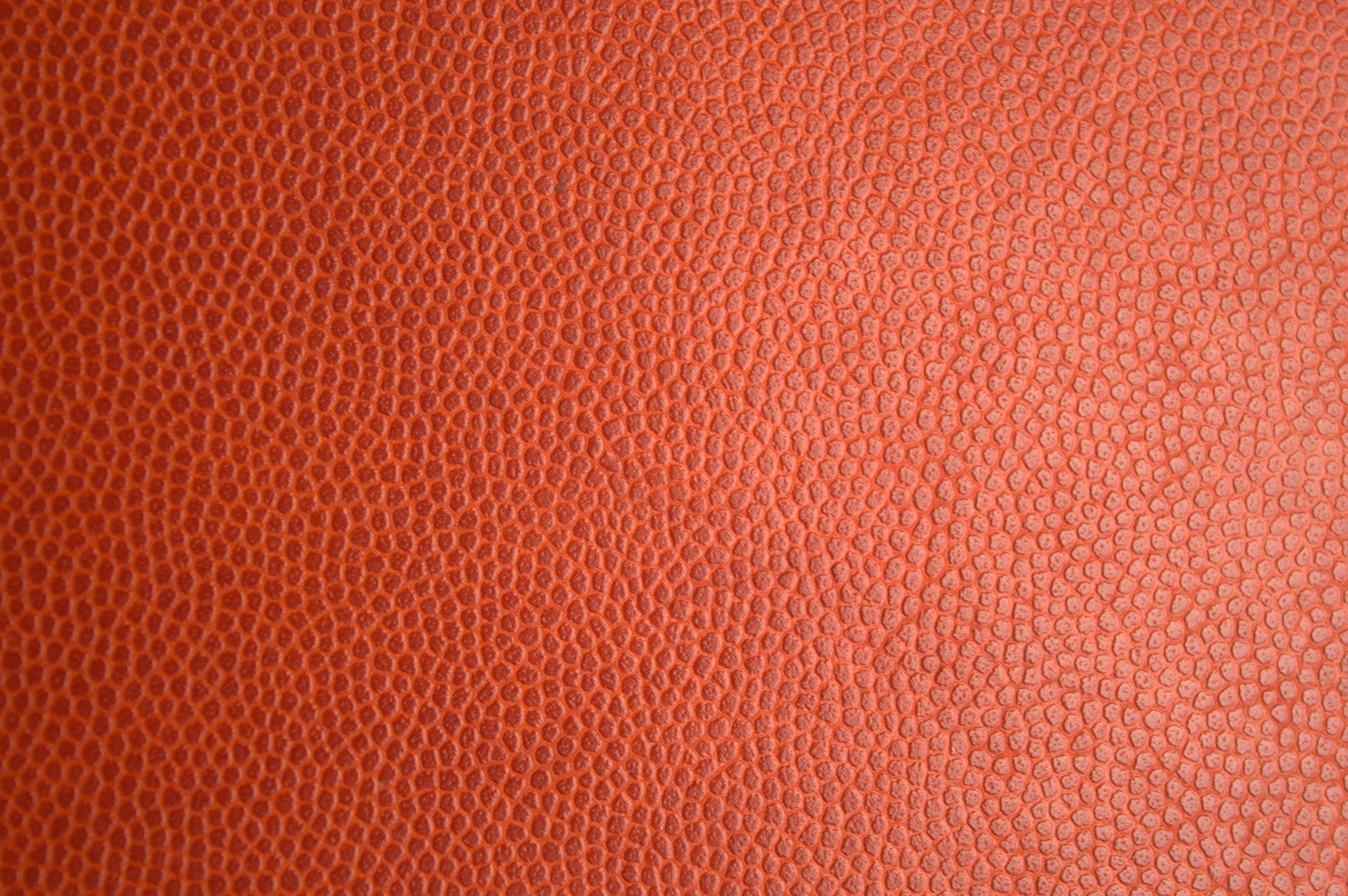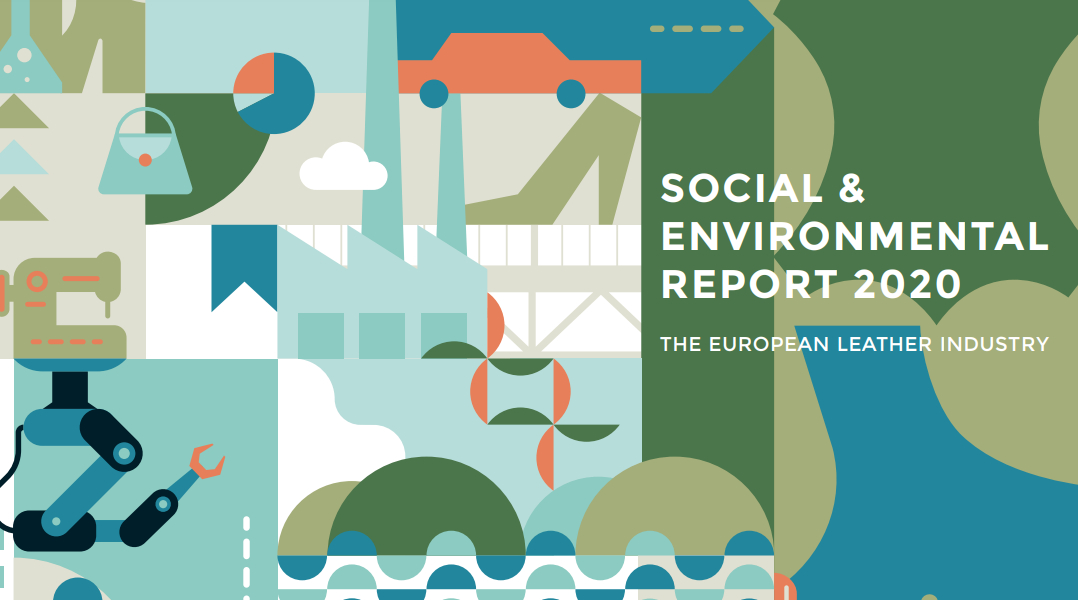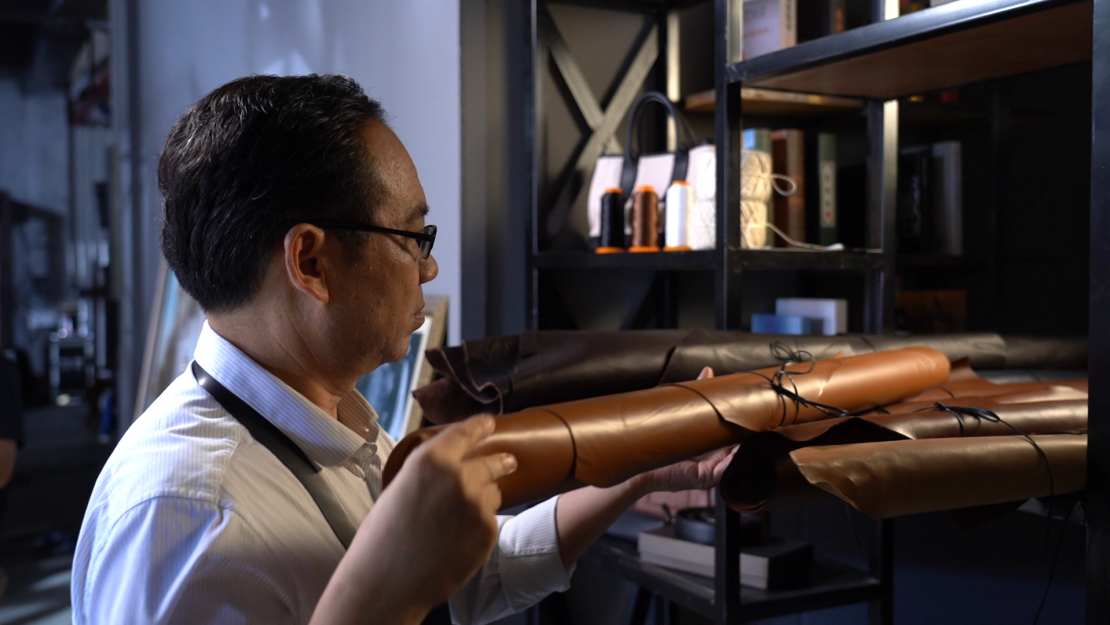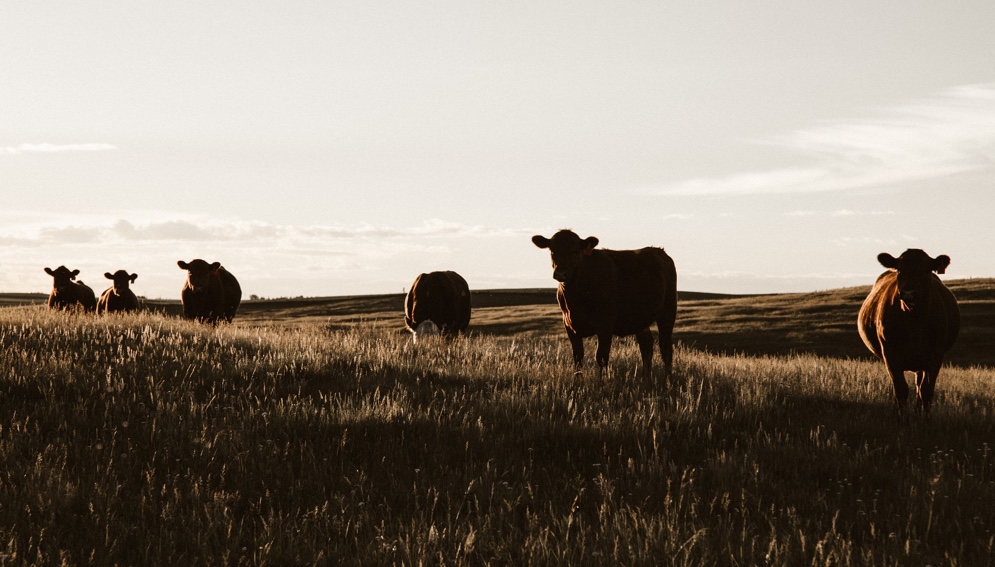Video posted by: Cotance
The 2nd Social and Environmental Report of the European Leather Industry is an EU-sponsored joint initiative from COTANCE and industriAll-Europe, the Social Partners of the industry. Their aim is to help tanneries position themselves against a European benchmark, measure their progress over time, serve as a communication tool for the public, and as a model for other regions of the world.
In today’s markets, transparency is key and European tanneries have understood this well and taken appropriate action. They strive towards excellence in social and environmental performance.
Judge for yourself the commitment of the men and women of Europe’s tanneries, to sustainability:
Disclaimer:
This video has been funded with support from the European Commission. The sole responsibility for the content of this video lies with the authors. It does not represent the opinion of the EU.
The European Commission is not responsible for any use that may be made of the information contained therein.



